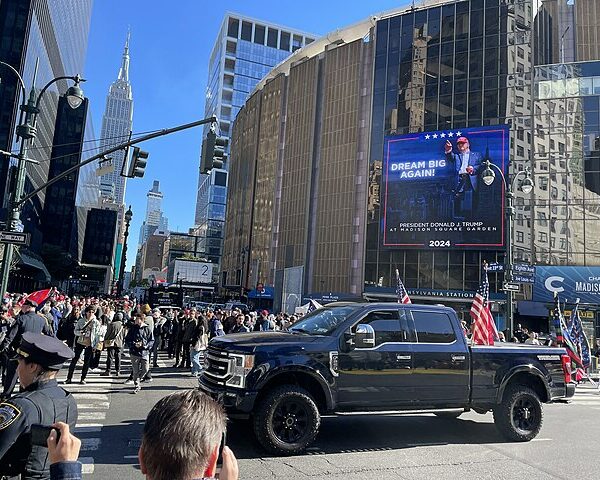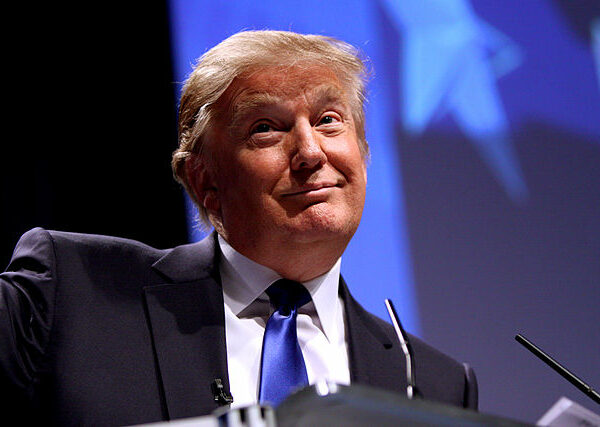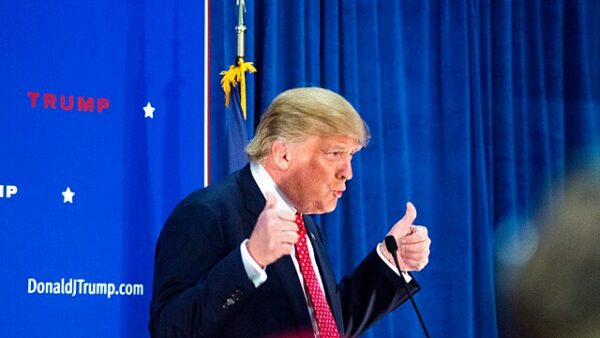
In recent weeks, the so-called Tesla Takedown has captured national headlines—not for its size, but for the unusually professional machinery powering it. Pitched by progressive outlets as a spontaneous backlash against Elon Musk’s push for reduced federal spending, the campaign’s logistics and funding suggest something far more deliberate. Over 200 protests took place across the country in March, some drawing only a handful of participants, yet nearly all followed a tightly coordinated playbook. That level of precision—across geography, messaging, and timing—has raised questions about the true nature of the operation and whether it constitutes a case of classic political astroturfing: a manufactured grassroots movement disguised as organic public sentiment.
The front-facing narrative is one of volunteerism and decentralized activism, writes The City Journal. But the digital backend tells a different story. Protests were orchestrated through The Action Network, a high-powered organizing platform widely used by union-backed and progressive “nonprofit” organizations. Subscriptions for this service can run into the hundreds per month, especially at the scale needed to mobilize nationally. This isn’t the domain of ordinary citizens using group chats—it’s infrastructure reserved for well-funded, institutionally connected actors.
Early protest materials identified The Disruption Project, a radical collective headquartered in Philadelphia, as a co-sponsor—though that attribution was quietly removed from public pages after the campaign gained traction. The group’s leader, Jeff Ordower, is a seasoned activist with ties to ACORN, SEIU, and Occupy Wall Street. His organizing philosophy centers on using moments of unrest to challenge entrenched systems and shift public narratives, often through layered strategies that mix legal protest with disruptive, sometimes illicit, action.
“In other words,” writes the outlet, “the Tesla Takedown shows all the markings of a professional operation. It’s hardly a grassroots movement—it’s the product of experienced activists, unafraid both to instigate and take advantage of “ruptures” to pursue their agenda.”
That approach appears to have found a test case in the Tesla Takedown. Just days after the first wave of protests, Tesla properties in Oregon, Colorado, and South Carolina were hit with incendiary devices. Three men were arrested for attempted arson, though campaign organizers have insisted the acts were unrelated. Their statements condemned “violence, vandalism, and destruction of property,” but notably avoided directly addressing the attacks—leaving enough ambiguity to maintain moral distance while preserving the strategic shock value.
This calculated ambiguity is no accident. Within radical organizing circles, it’s known as “diversity of tactics,” a doctrine that encourages peaceful protest and direct action to operate side by side. The goal is to allow the movement to maintain a respectable public image, while its more radical components exert pressure through disruption. It also acts as a legal firewall: if there’s no central chain of command, there’s no accountability for what the movement’s fringes might do.
In this context, the line between grassroots protest and political theater becomes difficult to draw. The sheer professionalism of the Tesla Takedown—from the platforms used, to the pace of rollout, to the embedded activist networks involved—suggests a campaign that may have been constructed from the top down and passed off as bottom-up. That’s the hallmark of astroturfing: simulate public outrage just convincingly enough that it becomes indistinguishable from the real thing.
Tesla, and Elon Musk in particular, offer an ideal target. Musk’s stance on government overreach, free speech, and private enterprise has made him a lightning rod among progressive organizers. But what’s striking isn’t the ideological critique—it’s the attempt to turn a single company into a stand-in for every perceived societal ill, from environmental degradation to corporate greed to technological authoritarianism. The focus on Tesla is not just protest—it’s narrative warfare, waged with every social media blast, every coordinated demonstration, and, disturbingly, every Molotov cocktail.
As these tactics grow more sophisticated, Americans should ask: how many of today’s “grassroots” movements are genuinely powered by public will—and how many are funded, packaged, and distributed like political products? Like so many fake “progressive” protests, The Tesla Takedown may claim to speak for the people, but its origins suggest something closer to a campaign with a budget, a strategy, and an increasingly dangerous edge.
[Read More: 2028 Frontrunner Sees Arsonists Burn His Home]











